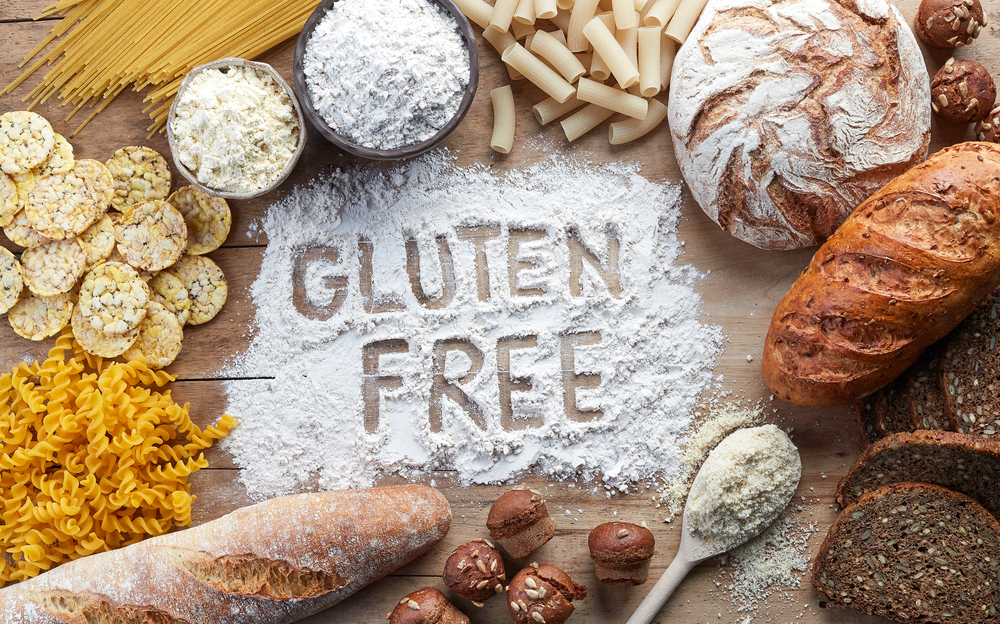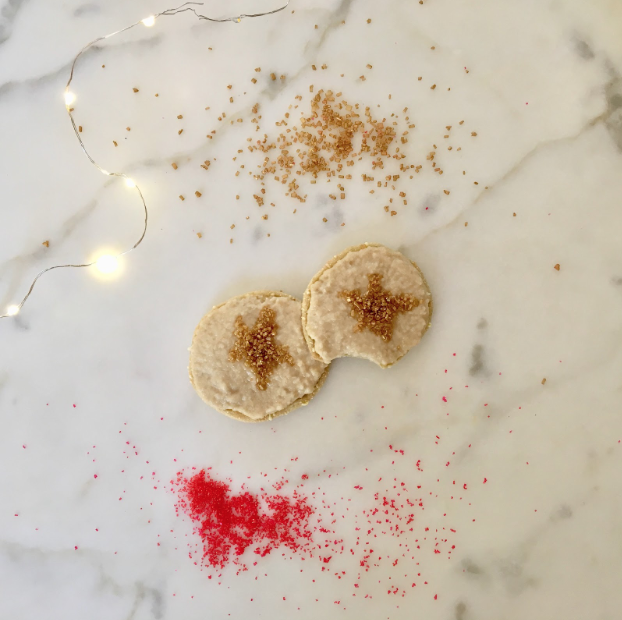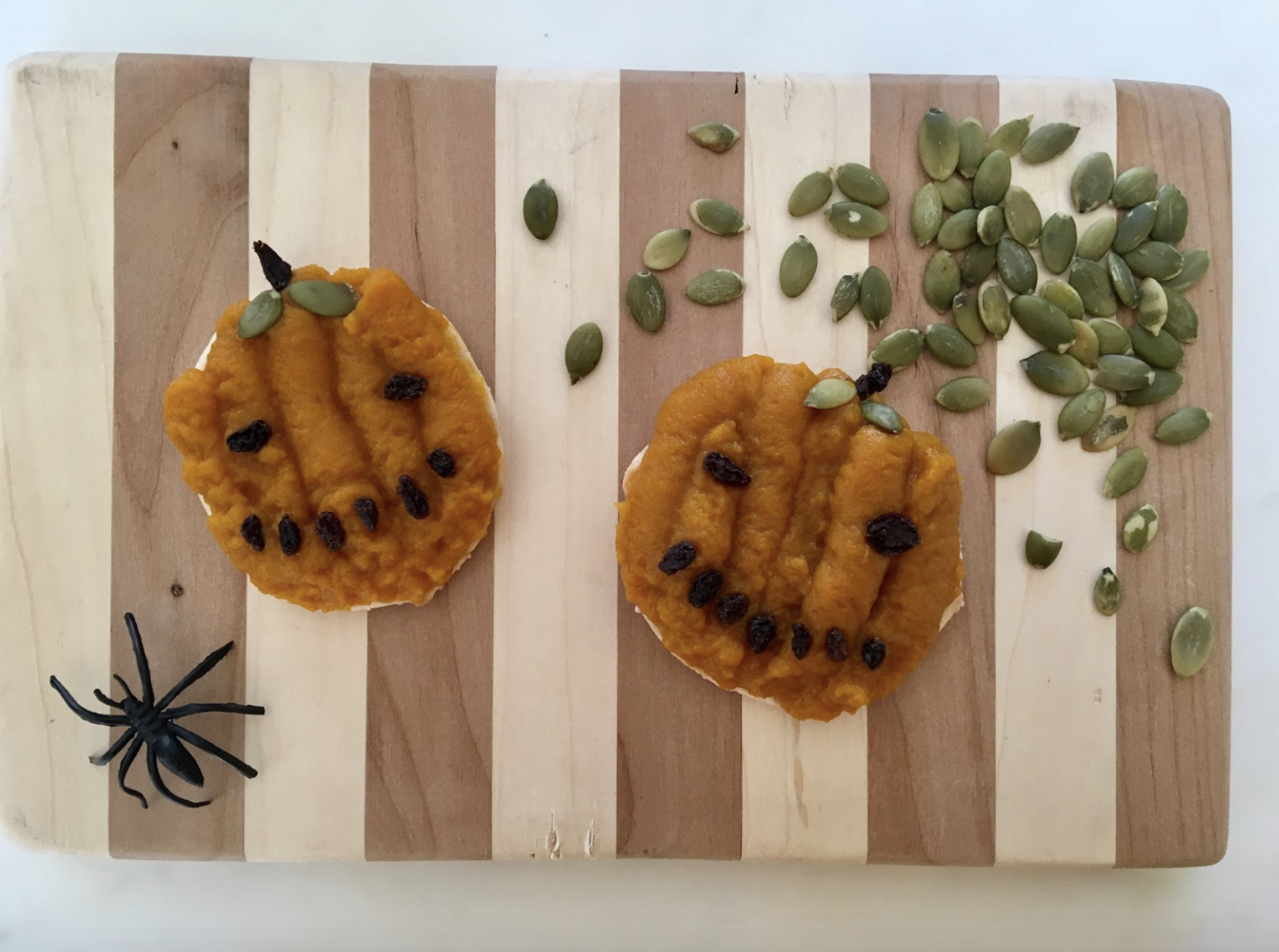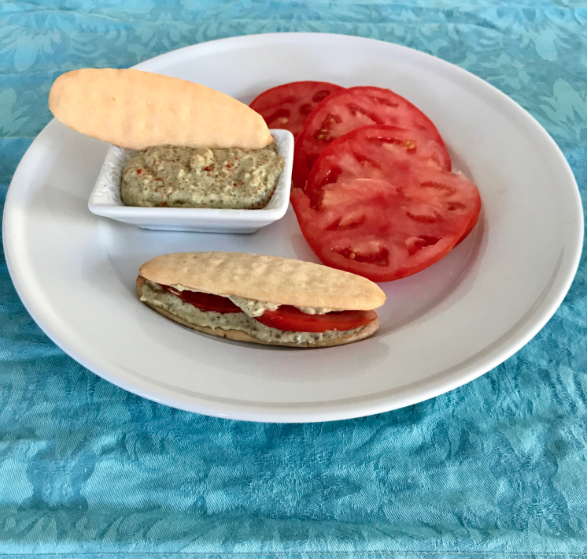May is National Celiac Disease Awareness Month, and in light of this national observance we have been be sharing tips on managing celiac disease or gluten intolerance. In Part 1 of Living Well and Coping with Celiac Disease, which we posted last year at this time, we discussed the basics on how to eliminate gluten from your diet. In this edition, we will discuss getting adequate nutrients on a gluten free diet as well as the resources available to help you live gluten free.

Nutrients
Celiac disease can affect a person’s digestive ability resulting in decreased nutrient absorption. In addition, a gluten free diet can reduce the intake of some important nutrients. Common nutrient deficiencies seen in celiac disease include calcium, magnesium, vitamin b12, vitamin D, iron, and folic acid. It is important to discuss you or your child’s nutrient status with your physician both upon diagnosis and while maintaining a gluten free diet. As stated, some vitamins and supplements may contain gluten but there are plenty of naturally gluten free foods that are excellent sources for these nutrients:
Calcium: Dark leafy green vegetables, broccoli, sea vegetables (wakame and kombu), sprouts, tofu (calcium prepared), whole or low-fat milk, enriched soy or rice milk, raw almonds, sesame seeds, navy beans, dried tapioca, and aged cheeses such as cheddar, Swiss, and parmesan
Magnesium: Pumpkin seeds, Brazil nuts, spinach, quinoa, halibut, soybean, buckwheat flour, and legumes
Vitamin B12: B12 is found only in animal foods so vegetarians may need to supplement, but check with your health care provider first. Food sources are organic beef, organic dark meat poultry; while trace amounts can be obtained from gluten-free brewer’s yeast there is debate on whether it can be utilized efficiently in the body.
Vitamin D: Fatty fish such as salmon, sardines, tuna, and oysters, fortified dairy and non-dairy products, butter, and sunshine
Iron: organic Beef, organic dark meat poultry, tuna, black strap molasses, enriched brown rice, prunes, raisins, spinach, kidney beans, lima beans, and pumpkin seeds
Folic acid: Dark leafy green vegetables, asparagus, bananas, legumes, citrus fruits, organic beef, organic lamb, fish, nuts, and root vegetables
Fiber Facts
Although not considered a nutrient, fiber is an important part of a healthy diet. Reducing the amount of grains you eat can lessen your fiber intake and many commercially made gluten free foods contain little to no fiber. It is important to note that fruits and vegetables are natural source of gluten free fiber. Here is a list of gluten-free grains that are an excellent source of fiber and can be eaten as a whole grain or used as flour:
- Amaranth
- Quinoa
- Buckwheat
- Cornmeal
- Millet
- Brown rice
- Rice bran
- Soy flour
Resources
Thanks to the internet, there are plenty of resources available for those living with celiac disease:
The Food Allergy and Anaphylaxis Network
American Celiac Society
Celiac Sprue Association
Celiac Disease Foundation









Be the first to comment